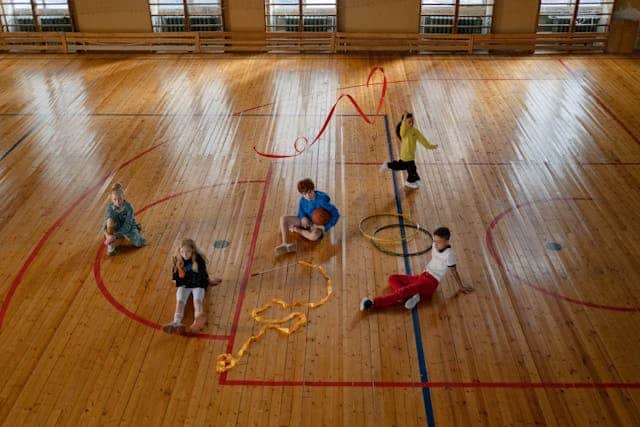
“Are We Working (Too) Comfortably?”: Understanding the Nature of and Factors Associated with Sedentary Behaviour When Working in the Home Environment
December 21, 2022
Sedentary Behaviour—A Target for the Prevention and Management of Cardiovascular Disease
January 4, 2023A paper titled “Validity and Reliability of Questionnaires That Assess Barriers and Facilitators of Sedentary Behavior in the Pediatric Population: A Systematic Review“ was just published in the International Journal of Environmental Research and Public Health. The summary of the paper and citation details are re-posted below. The full publication can be found here.
ABSTRACT
We systematically reviewed the literature about the validity and reliability of barriers and facilitators of sedentary behavior questionnaires for children and adolescents, considering accelerometers as the reference method. We included studies that assessed the agreement between the barriers and facilitators of sedentary behavior through a questionnaire and an objective measure (e.g., accelerometry). We searched four electronic databases (MEDLINE/PubMed, CINAHL, Web of Science, and SCOPUS): these databases were searched for records from inception to 5 March 2021, and updated to November 2022. The search strategy used the following descriptors: children and adolescents; barriers or facilitators; questionnaires; accelerometers; and validation or reliability coefficient. Studies identified in the search were selected independently by two reviewers. The inclusion criteria were: (i) population of children and adolescents, (ii) original studies, (iii) subjective and objective measurement methods, (iv) studies that report validity or reliability, and (v) population without specific diseases. Seven studies were eligible for our review. The main exclusion reasons were studies that did not report validity or reliability coefficients (56.6%) and non-original studies (14.5%). The participants’ ages in the primary studies ranged from 2 to 18 years. Cronbach’s alpha coefficient was the most reported reliability assessment among the eligible articles, while Pearson and Spearman’s coefficients were prevalent for validity. The reliability of self-report questionnaires for assessing sedentary behavior ranged from r = 0.3 to 1.0. The validity of the accelerometers ranged from r = −0.1 to 0.9. Family environment was the main factor associated with sedentary behavior. Our findings suggest that questionnaires assessing the barriers and facilitators of sedentary behavior are weak to moderate. PROSPERO Registration (CRD42021233945).
CITATION




